Ask Arbie : How do I Personalise in a Cookie-less World?
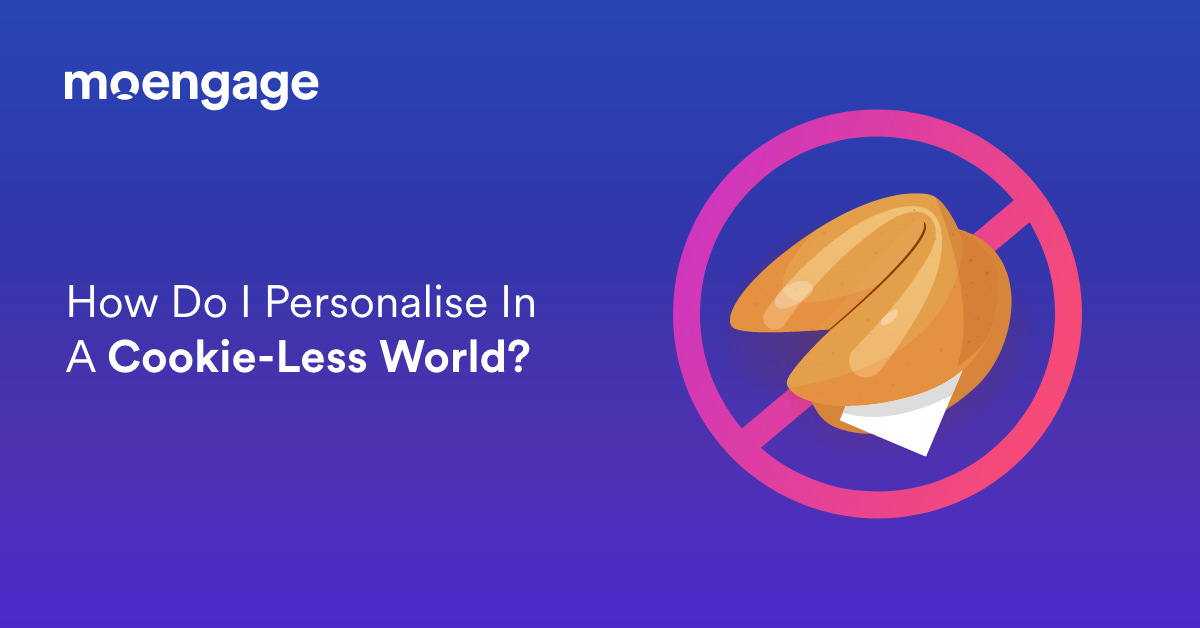
Reading Time: 5 minutes
| In this monthly segment, Arbie, our customer-obsessed marketing expert and a winner of the Loyalty Magazine Awards 30 under 40 of Loyalty Royalty answers questions she receives from you. This month she explains how you can personalise with precision even when third party cookies go away! |
Dear Arbie,
I am a brand manager at a mid-sized Birmingham based E-commerce business. The past two years brought in a lot of unpredictability for us. With the pandemic changing customer’s spending priorities, GDPR, the IOS 14 and 15 updates coming in to secure customer privacy and now the soon approaching cookieless future, personalising our communication has become an enormous challenge. So here’s what I want to know: how do we go about personalising in the cookieless future?
Thanks and Regards,
Crumbling with the cookie
Dear Crumbling with the cookie,
Starting out a little preachy, but the best way to justify and feel better about something so essential, being taken away from you, is saying, “it sucked anyway”. Let me tell you how to make yourself believe this. Cookies have always been messy!
Why you shouldn’t give Third-Party Data a Second Look!
They are domain-specific. If site 1 sends a cookie to a website, only site one can read that cookie. Site 1 and 2 both create and deposit their own sets of cookies. Then cookie matching is used by demand-side platforms and data management platforms to sync all data, so they know they’re dealing with the same customer. So what is the problem here?
To engage with customers accurately, advertisers have to find a way to unify data across the ad ecosystem and enter in multiple data buying agreements, which is complicated and messy. Furthermore, unifying data from various sources to create a coherent customer profile is the foundation of accurate and effective personalisation. This is a difficult task, with the cookie matching rate being only 40%-60%.
Some of the other reasons third party cookies could mess up your personalisation efforts are that customers clear their cookies (because sometimes they annoy the ever-loving snot out of you), opt-out of cookies or some websites even block these. When any of this happens, the cookie matching for that user has to start all over again.
These situations lead to poorly personalised campaigns. This is why when sometimes you search for Legos; you get retargeted with ads for diapers which can lead to some awkward situations.
Now that you feel a little better about losing the “all-essential” third party cookie, let’s explore how you can cope without it!
A recent report titled Personalisation Pulse Check reiterated the importance of personalisation when 53% of the customers surveyed said it frustrates them when brands don’t personalise their communication.
Third-Party Cookies might be going away, but Personalisation is here to stay.
As we prepare for and dread the near approaching, cookie-less future, here’s how you can build an effective personalisation engine.
Strategise with First-Party Data
This one is a no brainer. Google, along with many others, feel third party cookies threaten privacy, are invasive and not transparent. Relying on first-party data should be your first port of call. Optimise your website, encouraging visitors to give you the data you need to personalise their journey. These digital signals you’ve captured from the customer interacting with your owned digital asset will form a cornerstone for accurate personalisation.
Since most advertisers heavily relied on third-party data, we understand that the focus on collecting first-party data might not have been there. Here’s how you can go about creating value with first-party data.
-
Combine Product Discovery and Shopping
Including a shopping functionality during the product discovery phase will reduce the drop-offs during their journey and educate you on their purchase intent to cross-sell or upsell at scale.
-
Optimise your Website with Customer Experience in Mind
Your landing pages and digital ads need to provide information while making it easy for the visitor to provide the information you need. Move away from stubborn website pop-ups. Build a content repository (Blog Posts, Newsletters, Podcasts etc.) to have them come back and share additional information and register on your website.
-
Invest in Building a Cross-Channel Unified Customer Profile
Even if you have abundant first-party data between multiple channels of interaction and siloed mar-tech solutions, it may be challenging to build personalisation campaigns fusing all this available information. The pay-off of getting a holistic view of your customer across channels is worth investing in a tool that builds a unified customer profile on which to base your personalisation efforts.
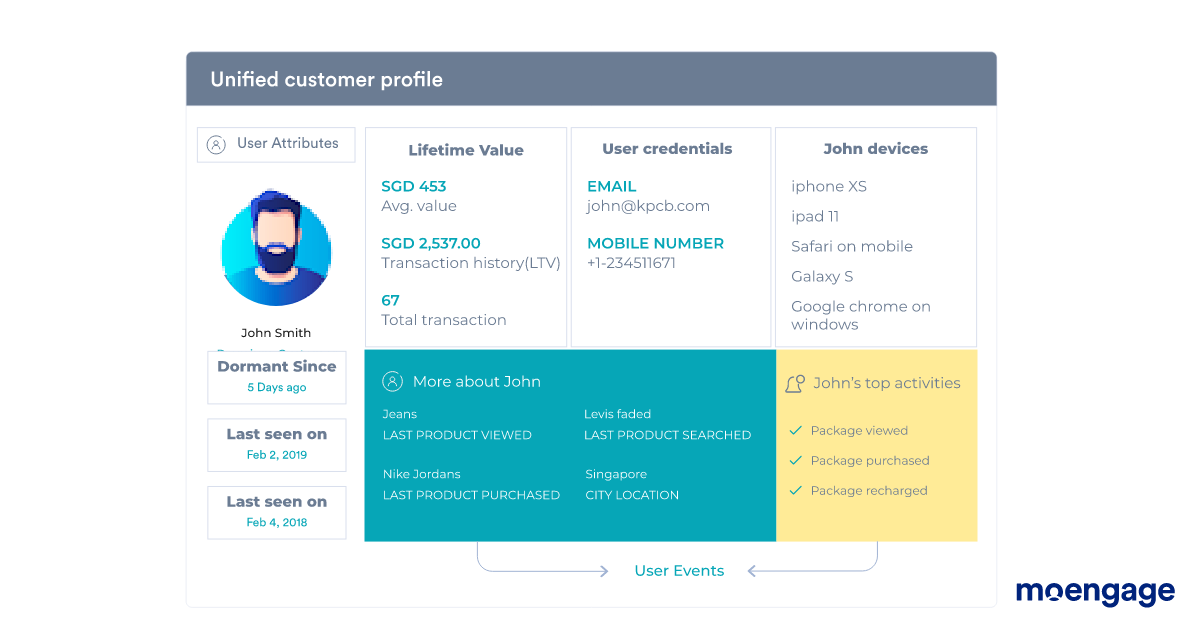
Choose the Right Signals to Personalise
There are data signals readily available to a business and multiple tools to help them capitalise on those.
-
-
Personalise based on Past Purchases
Players like Amazon have aced this game. The brand suggests products based on the products you’ve engaged with on the website or app to offer similar recommendations to you. Amazon has seen so much success from this that their product recommendations generate 35% of their total revenue. However, even big players like Amazon can falter if not careful, leading to funny tweets, like this one:
-
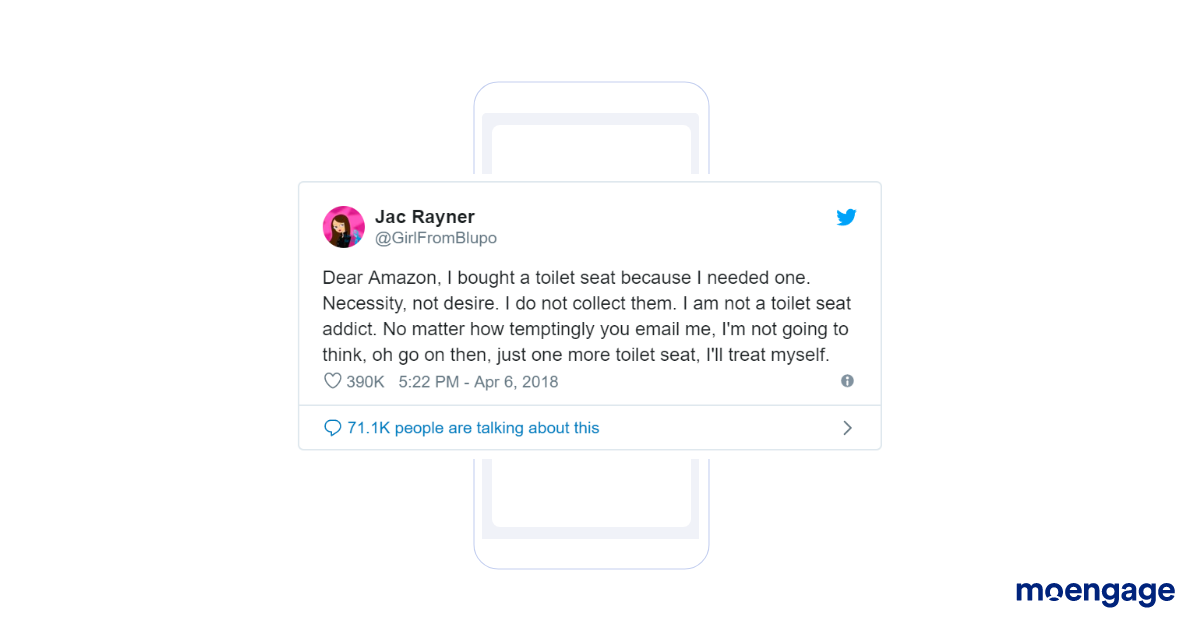
-
-
Personalise based on Preferences:
Zalando’s Algorithmic Fashion Companion is an excellent example of personalisation based on customer preference. Based on the products you’ve selected, their Algorithm suggests a complementing look. The retail brand also customises its homepage based on the visitor’s past activity.
-
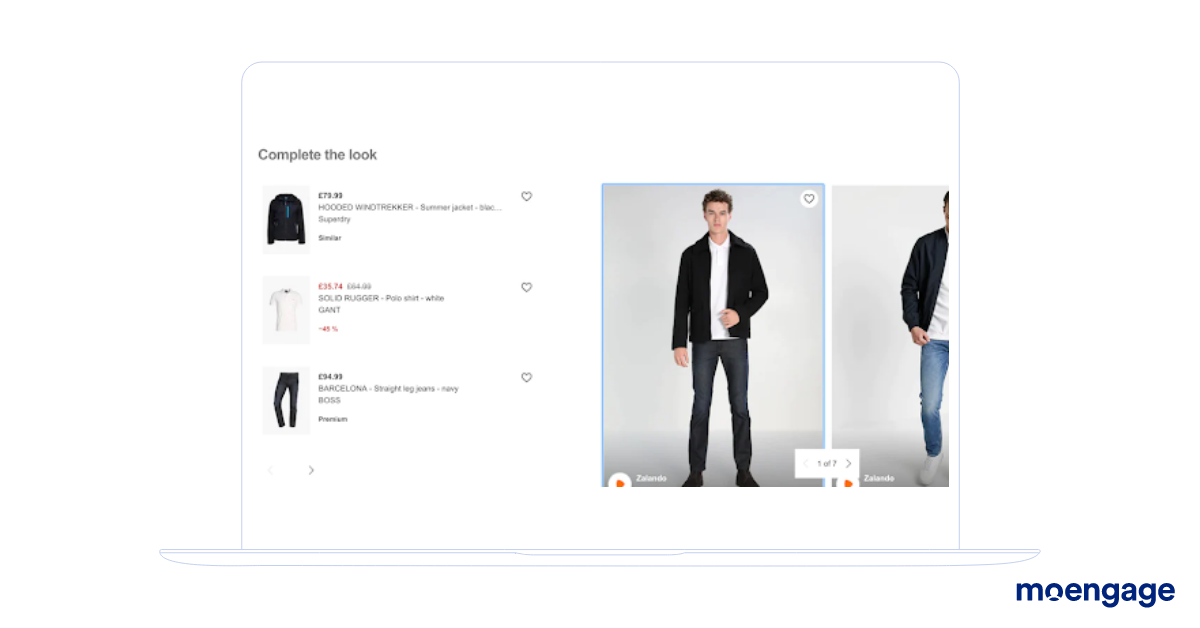
-
-
Personalise based on Location and Language:
Brands are doing amazing things with just location and language data. Let’s take the Belgian windshield repair company, Carglass. The company used data on customer location, language, the content they were streaming and first-party data on car ownership to serve customised video ads. For a person located in Germany watching a funny video of dogs, they served an upbeat ad in German.
-
1Weather provides real-time weather information and forecasts for locations worldwide and severe weather alerts and reports for specific locations in the U.S. Based on behaviour trends and location, the brand sent out personalised push notifications and dynamic product messaging. They saw 25 million incremental customers accessing the app. Features like Geofencing can also aid personalisation efforts.
Get creative with Segmentation
Location, Weather and language-based segmentation is a start. However, there are more effective ways of segmenting and personalising.
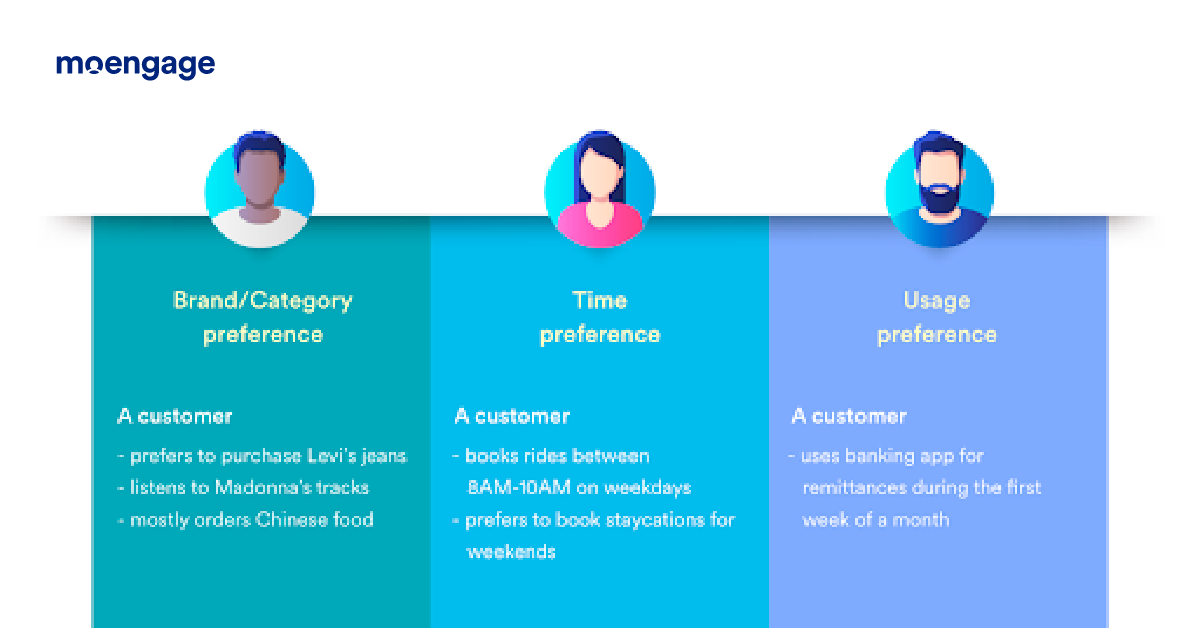 Let’s talk about affinity-based segments. Grouping customers with similar product preferences, usage patterns and times can help you recommend the right products to them.
Let’s talk about affinity-based segments. Grouping customers with similar product preferences, usage patterns and times can help you recommend the right products to them.
Instead of bombarding your customers with communication on every channel, you can reach out to them through the right channel that they frequently use at the right time based on their previous interactions with you.
So, dear Crumbling with the cookie, don’t fret it! Cookies may be disappearing soon, but personalisation is still the future. Your customers still expect personalisation from you. The only difference is that marketers will now have to find a more creative but privacy-respecting way to personalise.
Have a burning question about customer engagement, ask our expert columnist, Arbie Rodriguez, and she may answer you in an upcoming column.
Send us your question at [email protected].
What to Read Next?
Mythbusters: Digital Health Data Protection on Engagement Platforms
Leading By Example: Why Our Champion Customers Feel Insights are Crucial
[NEW] Customer Engagement: Actionable Strategies for 2022 and Beyond







